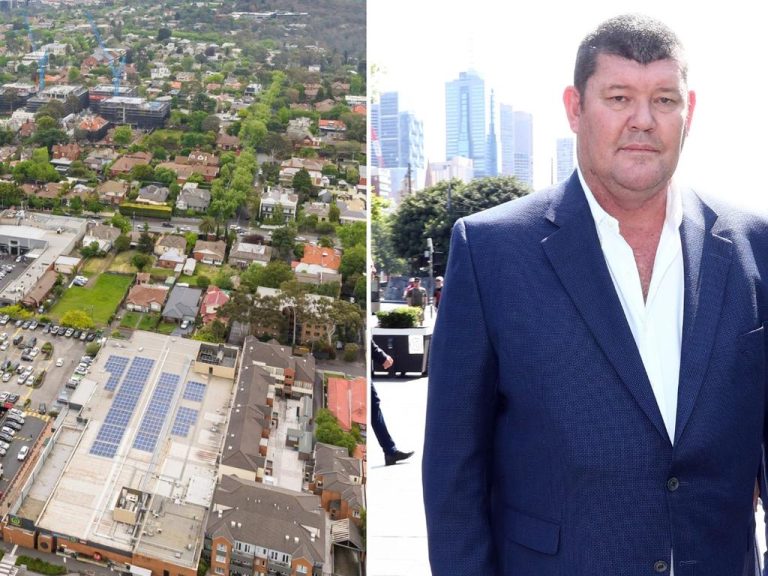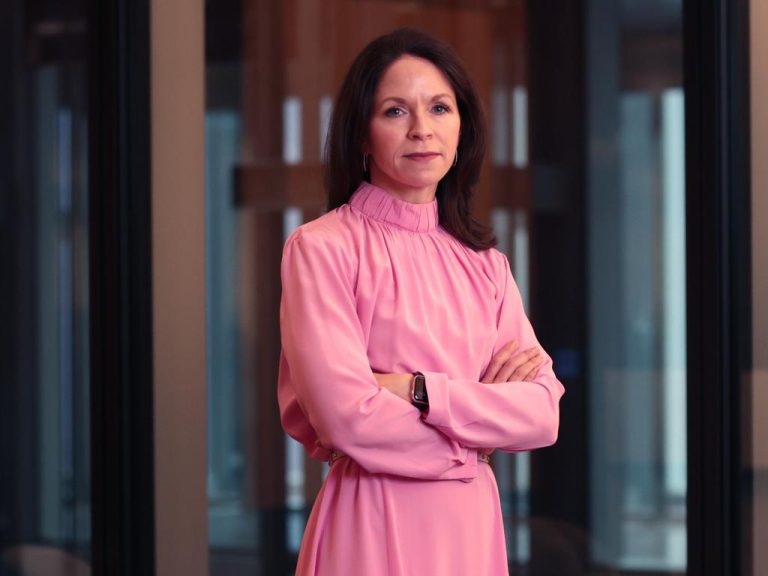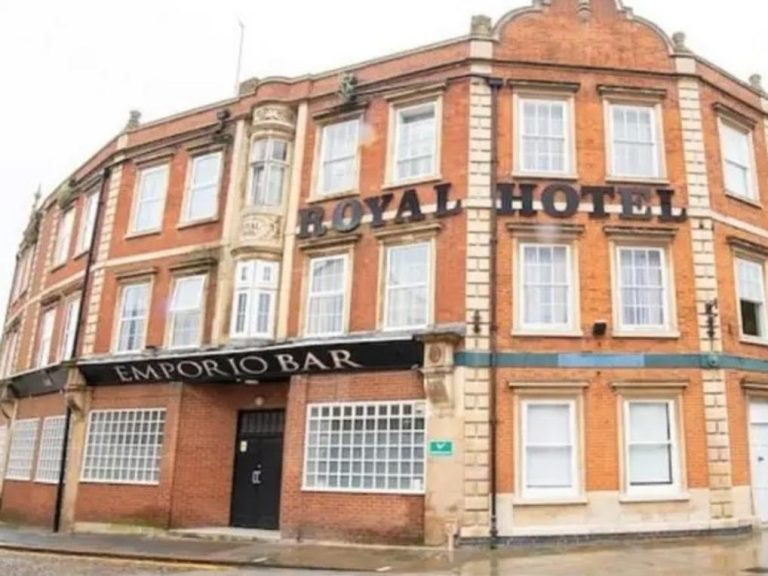States boost social housing spend amid federal stand-off
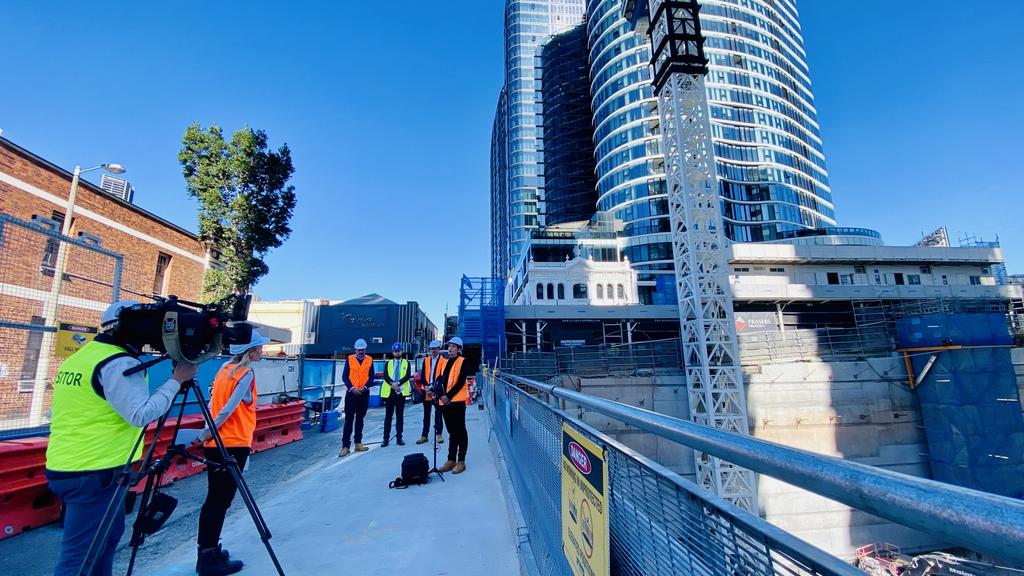
Frasers Property Australia has commenced the next phase of construction of the 25-storey Brunswick & Co, Build-to-Rent development in Fortitude Valley, Brisbane. Picture: Sophie Foster
State government budgets have committed big spending in coming years to social housing projects to help alleviate pressure on renters caused by the shortage of homes.
More than $2bn has been dedicated by state governments with big implications for builders and developers, with a focus on supporting affordable housing and reducing the ballooning number of Australians stuck on public housing waiting lists.
The spending spree preceded the blocking of the Albanese government’s Housing Australia Future Fund on Monday by the Greens and Coalition, and the $10bn package will not be revisited until parliament sits again in three months.
PropTrack director of economic research Cameron Kusher said private providers have not been able to keep up with the demand for affordable housing after rents rose 13 per cent over the year to May.
“There’s finally a realisation that we need more social housing and the private sector, what they’re delivering, is not getting it done in terms of social housing,” he said. “But we are so far behind where we need to be that it’s good to see these funds being dedicated, but it’s still a long way off what we need in terms of construction.”
Queensland dedicated an additional $1.1bn to its $5bn social housing fund. However, much of the new funding was to cover the delivery of homes against the backdrop of rising construction costs.
It has already launched pilot build-to-rent schemes, with Frasers Property Australia recently kicking off the next phase of construction of the 25-storey Brunswick & Co project in Brisbane’s Fortitude Valley.
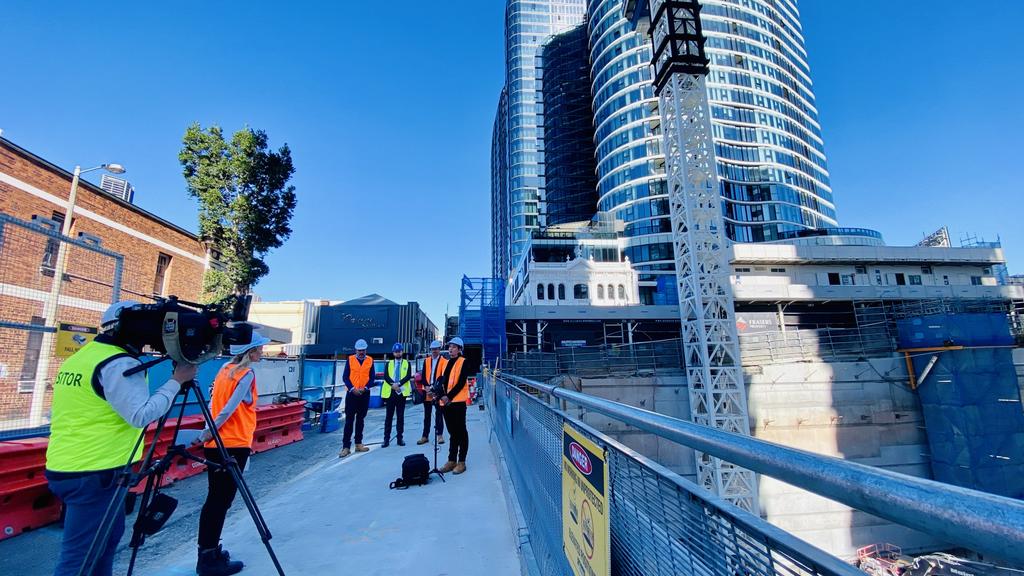
Frasers Property Australia has commenced the next phase of construction of the 25-storey Brunswick & Co, Build-to-Rent development in Fortitude Valley, Brisbane. Picture: Sophie Foster
The Victorian budget last month revealed wait times for public housing are set to blow out further to an average of 16.5 months for those considered priority. More than $67m was put in play for Housing First responses and support for disadvantaged people, complementing the $6bn big Housing Build fund launched in the pandemic to deliver 12,000 homes.
However, it is feared land tax reforms that slugged the property sector will trickle down to renters.
Further south, almost $373m in grant funding will go to Homes Tasmania to deliver 10,000 new homes and units by 2032 in the government’s $1.5bn plan, as per the May budget.
South Australia also promised thousands of extra homes, alongside stamp duty reform for first-home buyers. In Western Australia, $511m was factored in to boost social housing and homelessness support, increasing total investment to $2.6bn over the next four years.
But the refusal of federal funding will leave 8000 Australians without a home over winter, said Power Housing Australia boss Nicholas Proud. He said the real canary in the coalmine was the startling drop in 2023 building approvals, which will halve in the coming year to just 148,000.
“What is concerning is that the actual commencements will be lower than this amount, as not every home approved is built,” he said. “With the HAFF now on ice there is a need to consider what is coming through the pipeline, and the reality is the market is on the wane at times of highest net overseas migration levels, which is translating into surging rents.”
Mr Proud said in the absence of HAFF, the country needs “to get on with programming the $350m allocated to the Housing Accord to deliver an additional 10,000 affordable rental homes over five years from 2024”.

